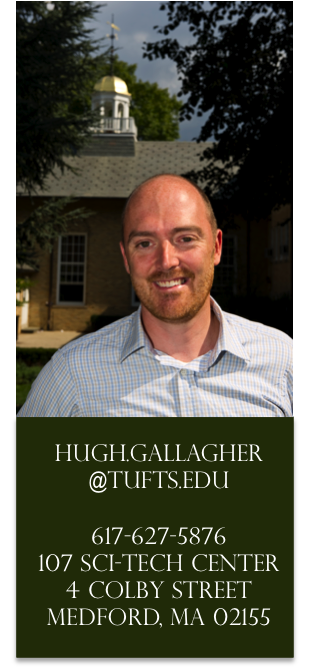非常抱歉,
你要访问的页面不存在,
非常抱歉,
你要访问的页面不存在,
非常抱歉,
你要访问的页面不存在,
验证码:

职称:professor
所属学校:Tufts University
所属院系:Astronomy & Astrophysics
所属专业:Engineering Physics/Applied Physics
联系方式:
I am an Associate Professor at Tufts University. The principal focus of my research is a subatomic particle called the neutrino. Although the neutrino is the most common form of matter in the universe, many of its basic properties remain unknown. I work on several experiments at Fermilab which are trying to clarify our understanding of the neutrino. The NoVA experiment uses a remote detector located in Northern Minnesota to search for evidence of neutrino oscillations, a quantum mechanical phenomenon which can only occur if neutrinos have mass. I also work on the LBNE/F experiment, a future long-baseline experiment. In particular I study how this experiment will make the best use of the large sample of atmospheric neutrino data we will collect. Despite the fact that they only interact with matter weakly, neutrinos have proven to be a very effective probe of the fundamental constituents of matter such as the quarks. The MINERvA experiment will use neutrinos as a probe to study the nature of matter in new and more precise ways. One of the main areas of my research is the development of software to simulate neutrino-nucleus interactions. This software is used in the planning of future experiments, the design of detectors, and data analysis. These packages, known as event generators, bring together a wide variety of theoretical models and are used, together with highly detailed computer models of the detectors, as the embodiment of the particle physics “standard model” to which our data will ultimately be compared. The other focus of my work is in the area of math and science education. I work with colleagues at Tufts and Boston-area schools to help train and mentor middle-school and high-school teachers.
I am an Associate Professor at Tufts University. The principal focus of my research is a subatomic particle called the neutrino. Although the neutrino is the most common form of matter in the universe, many of its basic properties remain unknown. I work on several experiments at Fermilab which are trying to clarify our understanding of the neutrino. The NoVA experiment uses a remote detector located in Northern Minnesota to search for evidence of neutrino oscillations, a quantum mechanical phenomenon which can only occur if neutrinos have mass. I also work on the LBNE/F experiment, a future long-baseline experiment. In particular I study how this experiment will make the best use of the large sample of atmospheric neutrino data we will collect. Despite the fact that they only interact with matter weakly, neutrinos have proven to be a very effective probe of the fundamental constituents of matter such as the quarks. The MINERvA experiment will use neutrinos as a probe to study the nature of matter in new and more precise ways. One of the main areas of my research is the development of software to simulate neutrino-nucleus interactions. This software is used in the planning of future experiments, the design of detectors, and data analysis. These packages, known as event generators, bring together a wide variety of theoretical models and are used, together with highly detailed computer models of the detectors, as the embodiment of the particle physics “standard model” to which our data will ultimately be compared. The other focus of my work is in the area of math and science education. I work with colleagues at Tufts and Boston-area schools to help train and mentor middle-school and high-school teachers.